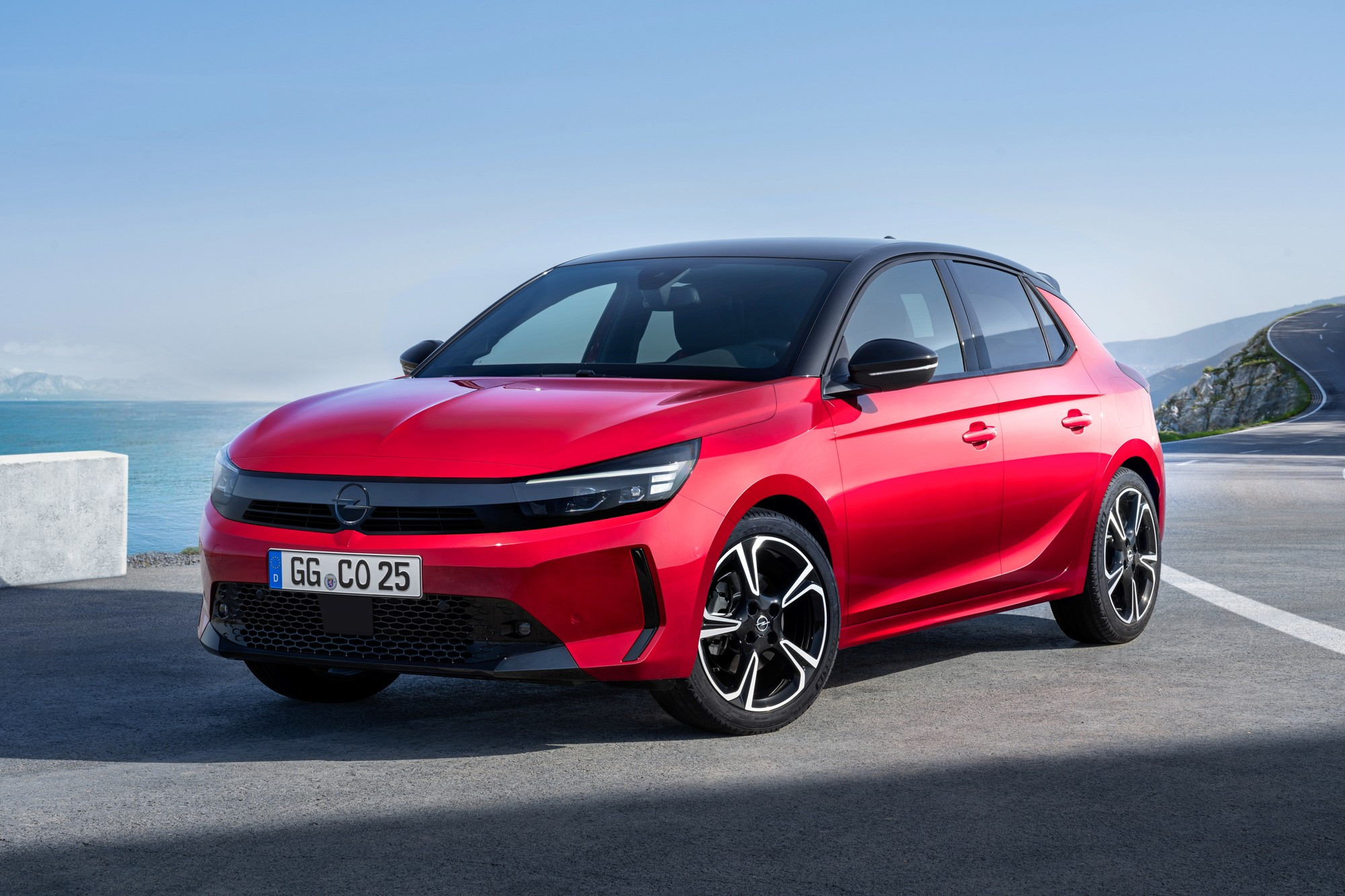
The Opel Corsa subcompact hatchback of the current sixth generation F has undergone a restyling this spring, and has now tried on a new junior hybrid power unit developed by its parent by Stellantis Corporation. So far, all the new things are doing Corsa good, sales are growing by leaps and bounds.
The Opel Corsa F debuted in 2019, its development was already carried out “under the hood” of Stellantis, so there is more French in it than German, which somewhat upsets some fans of the Opel brand, but the current generation of the model turned out to be much more successful than the previous one from the GM era. Now Corsa is the most popular Opel model in Europe and one of the most popular passenger models on the market: from January to October this year, its sales, according to JATO Dynamics, amounted to 161,576 units. (+16% compared to last year). Only the Dacia Sandero (196,121 units sold in the first ten months of this year), Peugeot 208 (171,871 units) and Renault Clio (164,576 units) are currently selling better in the European B-class.
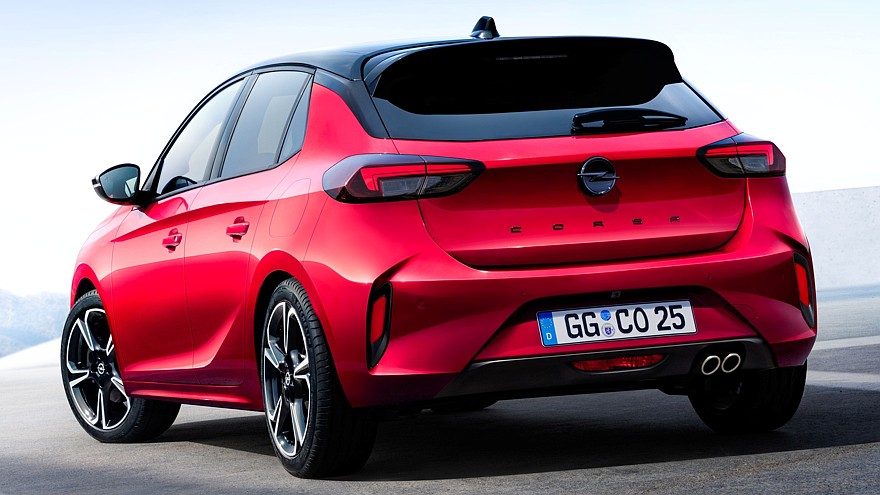
The new hybrid power plant should provide additional attractiveness to the Corse compared to its competitors, although it is clear that it can also be seen under the hood of the related Peugeot 208 and other mass-produced models of the Stellantis corporation. We talked about this power plant in detail in February of this year, but in connection with Corsa we will repeat the key facts.
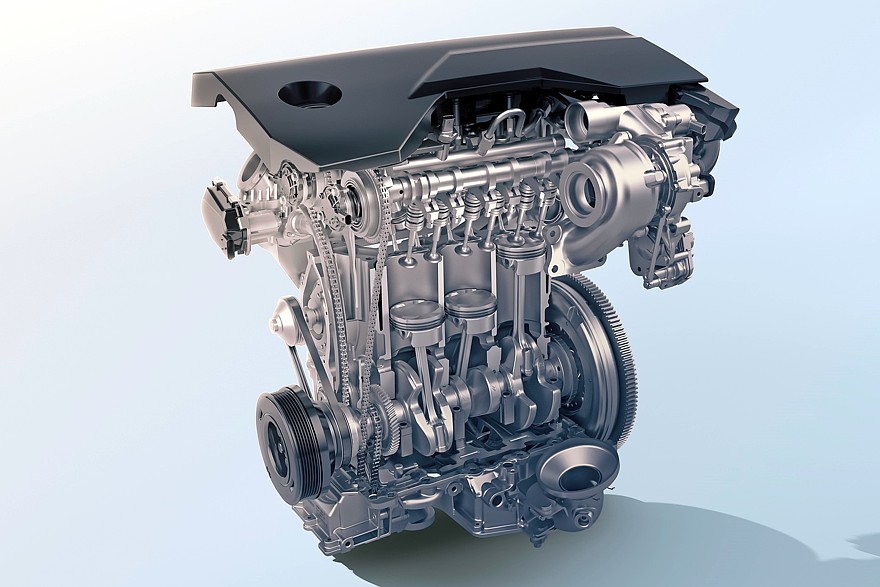 Gasoline engine 1.2 PureTech third generation
Gasoline engine 1.2 PureTech third generation
The role of the internal combustion engine in the new Stellantis hybrid power plant is played by the 1.2-liter petrol “turbo-three” PureTech of the third generation; its key differences from its predecessors are a turbocharger with variable guide vane geometry, operation on an economical Miller cycle, injection pressure of 350 bar, a timing chain , a very compact cylinder head and a huge “can” of the neutralizer on the side. The maximum output of this engine on the Corsa is 100 hp. and 205 Nm or 136 hp. and 230 Nm.
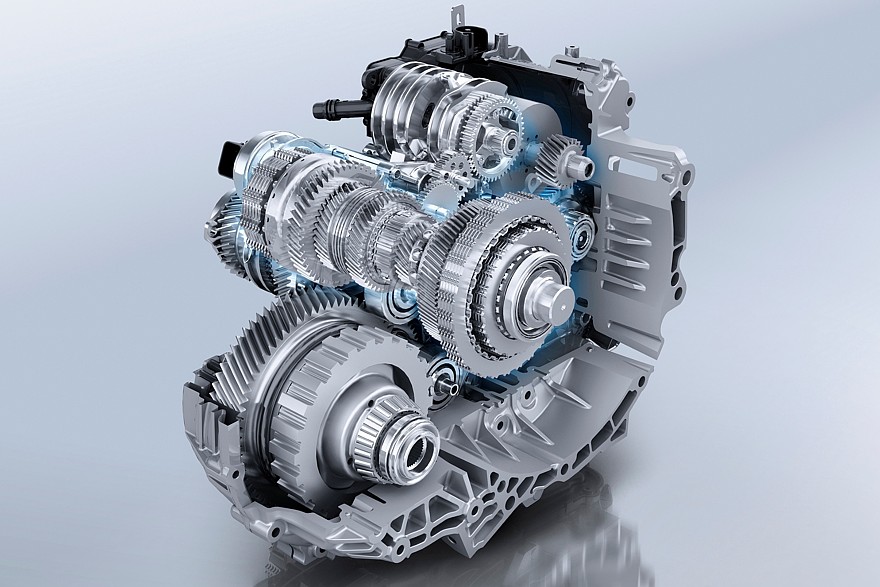 48-volt e-DCS6 hybrid transmission
48-volt e-DCS6 hybrid transmission
Attached to the internal combustion engine is a hybrid 6-speed e-DCS6 transmission with two clutches developed by e-Transmissions (an equal joint venture between Stellantis and Punch Powertrain), and a 48-volt electric motor (28 hp, 55 Nm) and a unit are integrated into its housing. power electronics. The capacity of the buffer lithium-ion battery located under the driver's seat is 898 Wh, of which 432 Wh are available to the consumer.

When braking and coasting at speeds up to 145 km/h, the internal combustion engine is switched off, and the electric motor switches to generator mode and generates electricity. Driving at low speeds (up to 30 km/h) and maneuvering in parking lots usually takes place only on electric power. To start a switched-off internal combustion engine while driving, a separate starter with a belt drive is used.
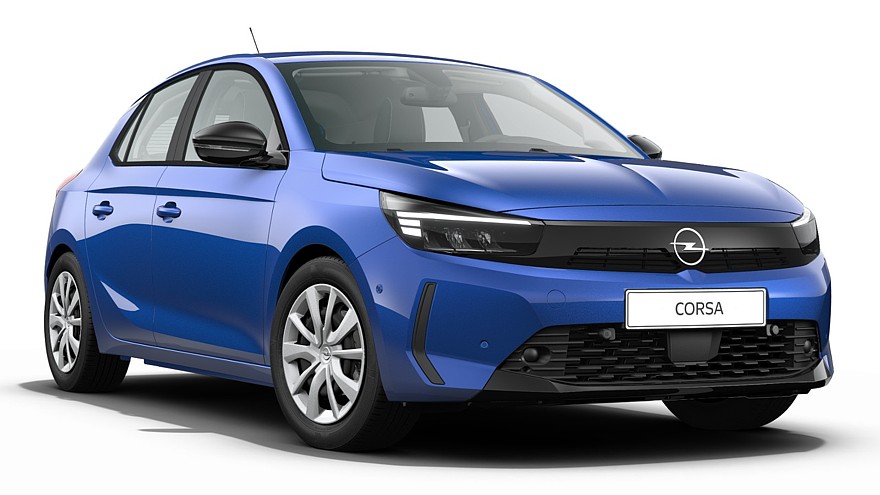 1/3
1/3 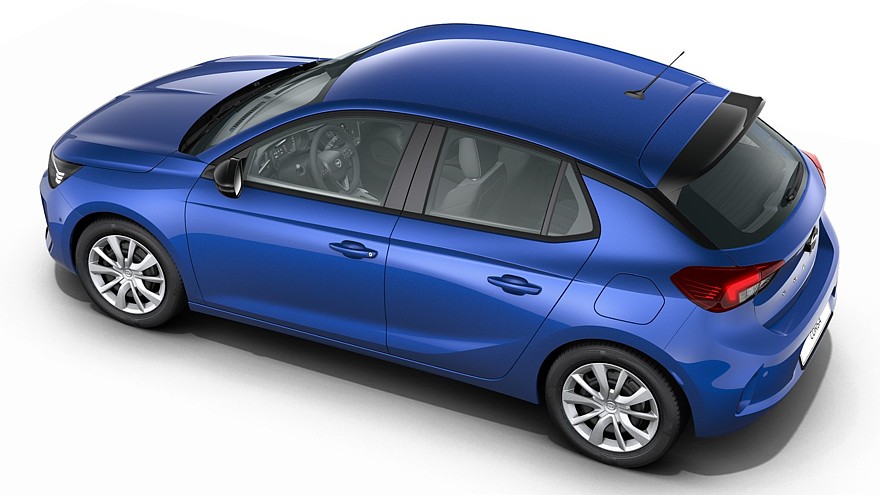 2/3
2/3 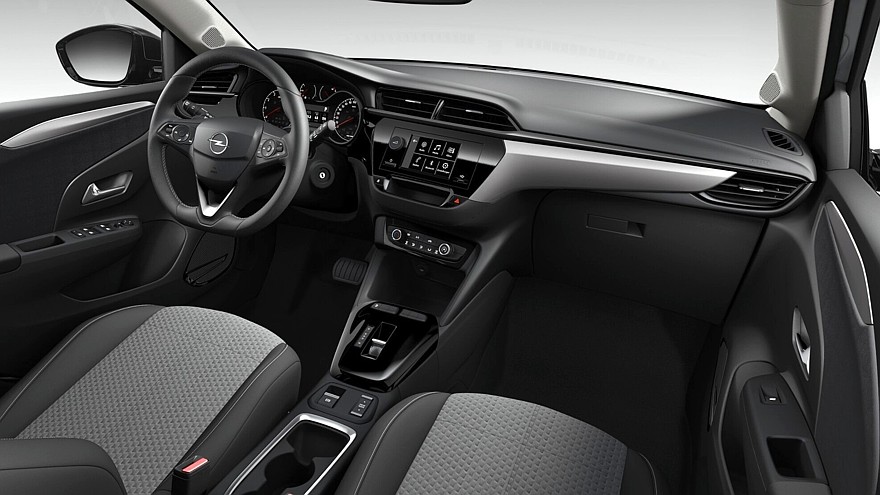 3/3
3/3
Hybridization and a new generation of internal combustion engines have made it possible to reduce the fuel consumption of the petrol Corsa by approximately 1 l/100 km in the combined WLTP cycle and reduce the certified level of CO2 emissions by approximately 15%, which means that the tax burden on the European consumer will be less.
Recall that the Corsa also has a fully electric version with a 136 or 156 hp engine, but the diesel version (1.5 l, 102 hp) disappeared from their range last summer.





















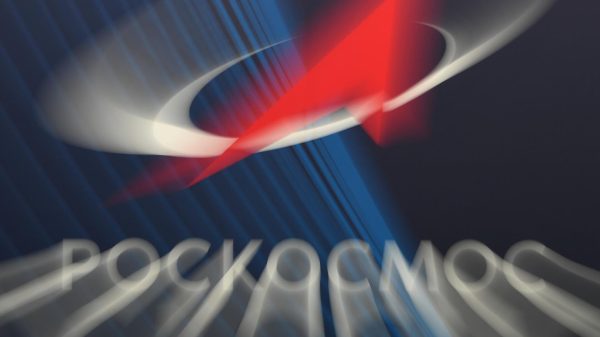

































Свежие комментарии